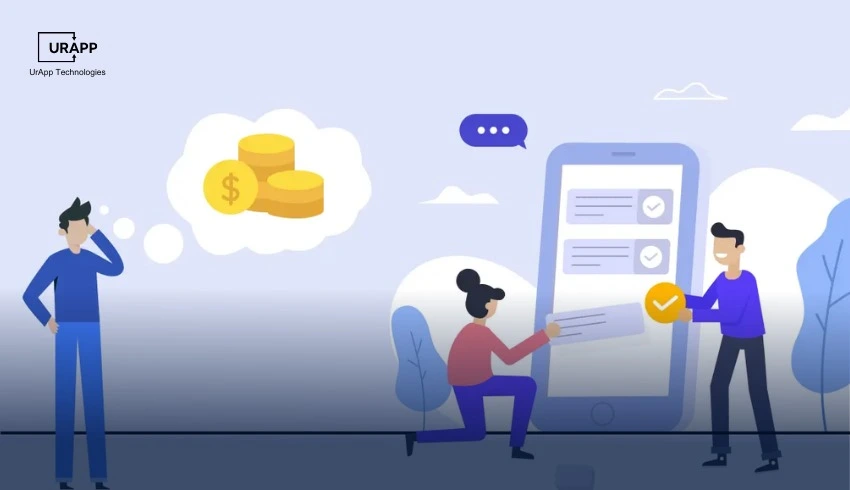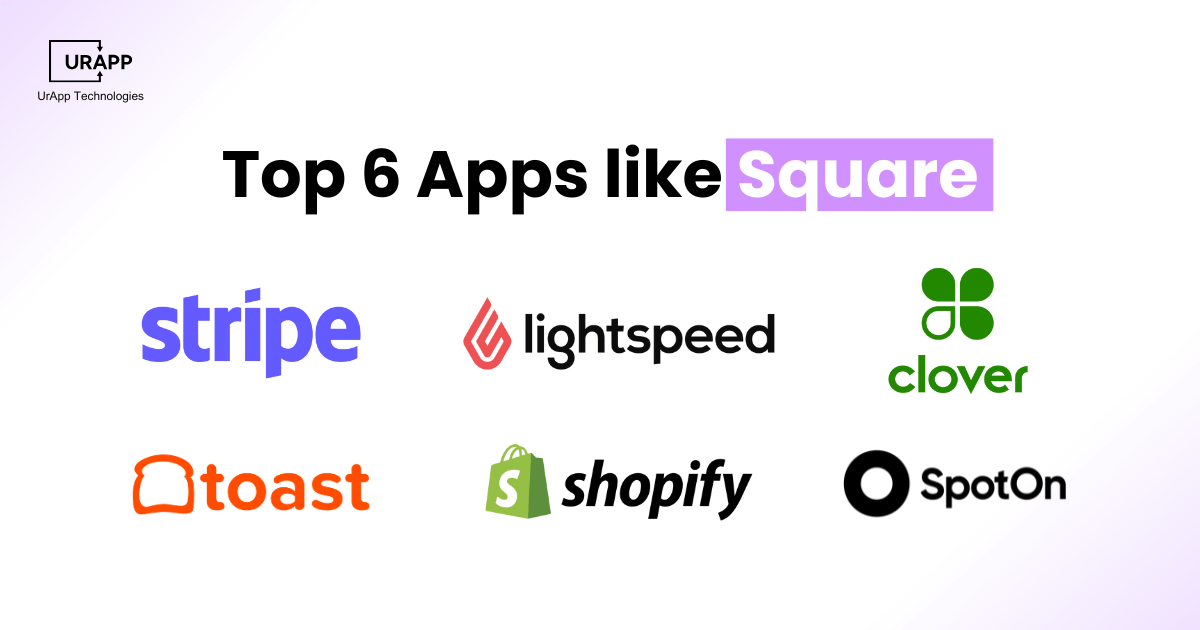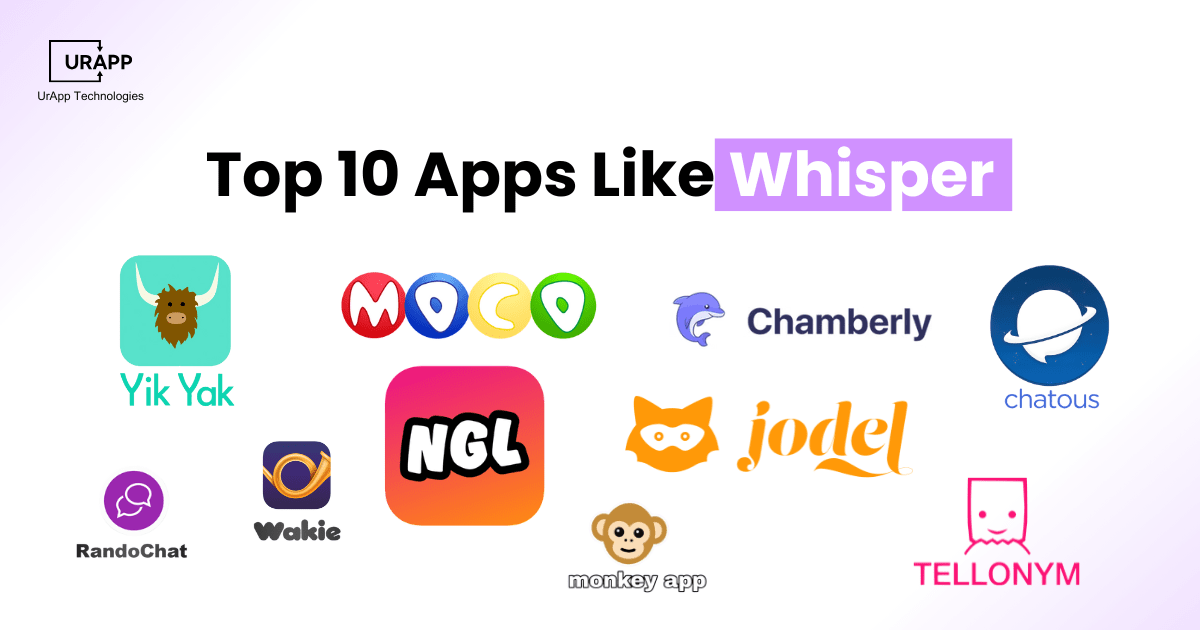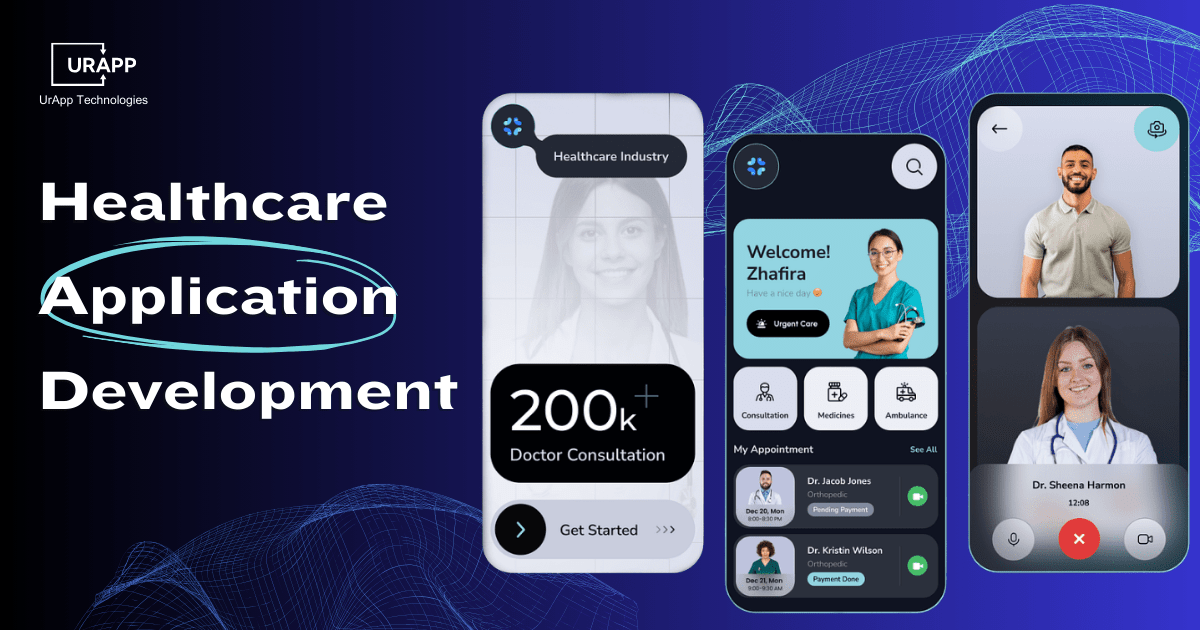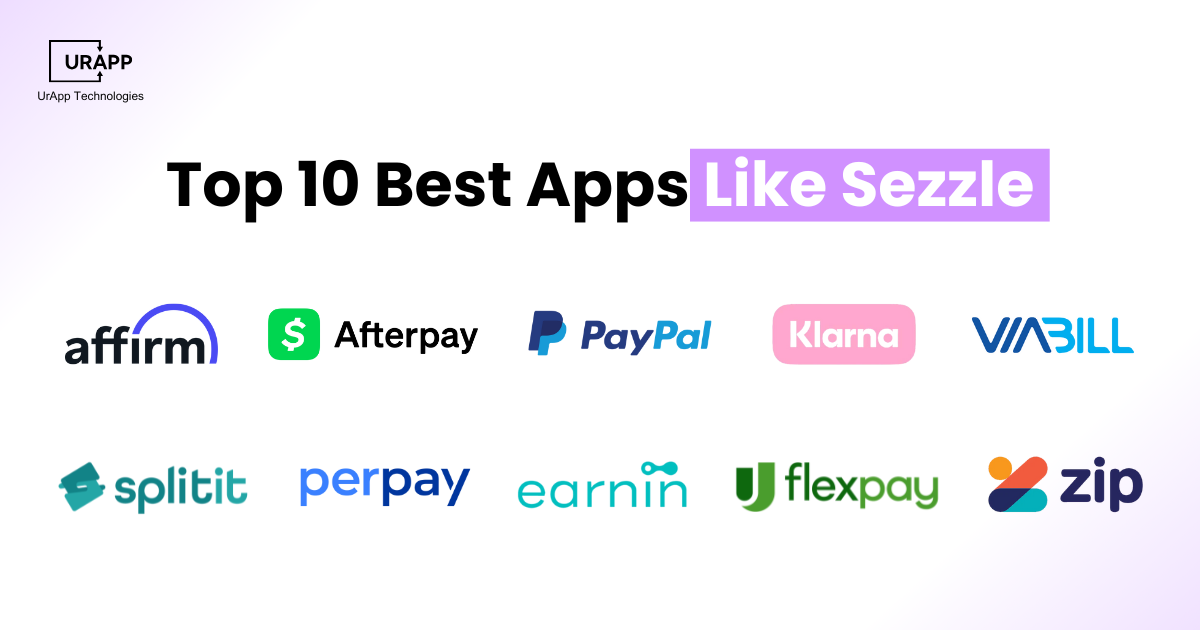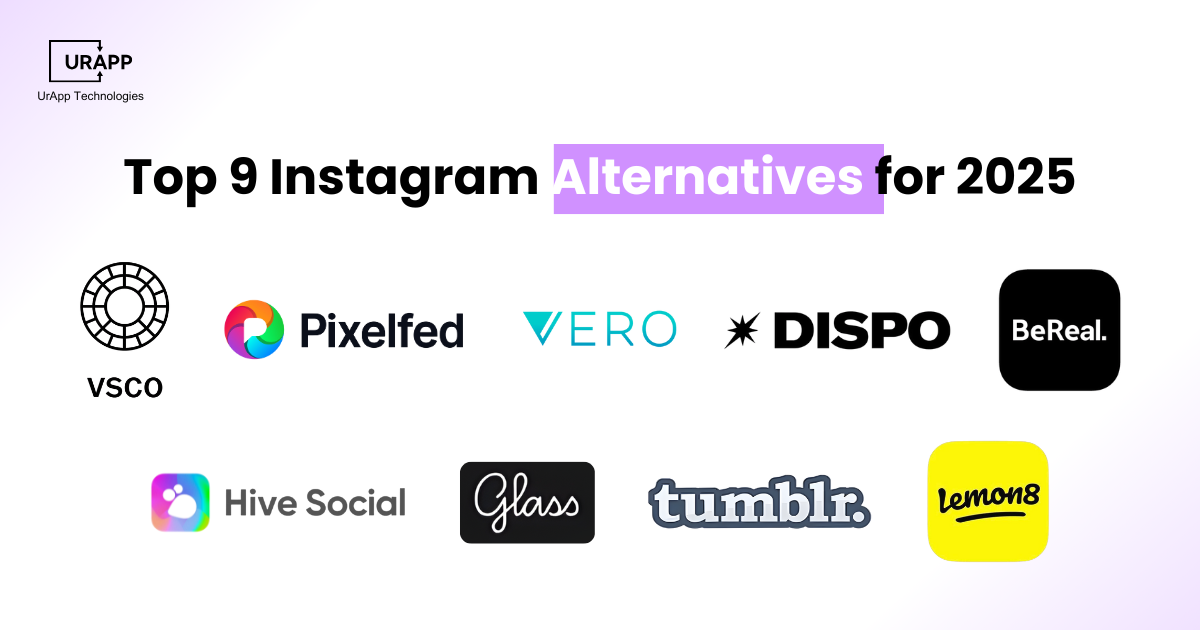iOS App Development Cost in 2025: What You’ll Actually Pay
How Much Does iOS App Development Cost in 2025?
The iOS app development cost in 2025 ranges from $10,000–$30,000 for simple apps, $30,000–$100,000 for mid-level complexity, and $100,000+ for advanced apps with AI, AR, or integrations. These higher costs reflect Apple’s stricter guidelines, stronger privacy rules, and demand for scalable, high-performance mobile apps. This guide breaks down all key cost factors and offers tips to help you plan your app budget wisely in 2025.
In 2025, the iOS app development cost goes far beyond just writing code. It’s about navigating Apple’s evolving ecosystem, stricter privacy policies and guidelines, and the rising expectations around performance and user experience. Whether you're building a startup MVP or a full-scale enterprise solution, your total app investment depends on several key factors—such as complexity, UI/UX design, developer location, and post-launch maintenance. This guide covers realistic cost ranges, hourly rates, and expert tips to help you avoid budget overruns and build smart from day one.
iOS App Development Cost Breakdown (2025)
Estimated cost and timeline by complexity
|
App Type |
Estimated Cost (USD) |
Development Time |
|
Simple App |
$10,000 – $30,000 |
2-3 months |
|
Medium Complexity |
$30,000 – $100,000 |
4-6 months |
|
Complex App |
$100,000 - $150,000 |
6+ months |
Breakdown of Costs by App Type
-
Simple Apps
These apps typically include basic features such as user authentication and simple UI. Examples include calculators or basic to-do lists.
-
Medium Complexity Apps
These apps often include more advanced features like social media integration, real-time data processing, or geolocation services. Examples include fitness trackers or small e-commerce platforms.
-
Complex Apps
Such complex applications demand significant development resources together with long periods of development because of their detailed program structures. The iOS application development prices varies based on whether businesses create specialist apps such as Uber rides or Facebook-scale social networks. Additionally, your tech stack decision such as choosing between hybrid vs native app choices plays a major role in both budget and performance.
Key Factors Affecting iOS App Development Cost

Organizations need a clear budget understanding by identifying all the key factors that influence iPhone app development cost. The following list outlines the main elements that determine the cost of creating an iOS app.
App Complexity & Features:
- Basic Features: Simple apps like calculators or weather apps have limited functionality and lower development costs.
- Advanced Features: Apps with real-time tracking, payment gateways (e.g., Stripe, PayPal), or social media integration can increase costs by thousands of dollars.
UI/UX Design & Customization:
- Custom UI Design: Offers a unique, branded experience but requires more time, effort, and higher design budgets.
- Template-Based UI: More cost-effective and faster to develop but may result in a generic or less engaging user experience.
User Authentication:
- Standard Login: Basic email/password authentication has minimal impact on cost.
- Advanced Security: Multi-factor or biometric authentication significantly raises development complexity and budget.
Backend Infrastructure:
- Basic Backend: Apps with minimal server-side operations cost less to maintain and develop.
- Complex Backend: Cloud integration, real-time databases, and data synchronization raise infrastructure and development costs.
Developer Location & Rates
- Local Developers (e.g., USA/UK): Higher hourly rates ($80–$150/hr) but closer collaboration and quality assurance.
- Outsourcing (e.g., Asia/Eastern Europe): Lower rates ($25–$60/hr), cost-effective for startups, but may need stricter quality control.
Development Approach
- Native iOS (Swift): Delivers better performance and Apple-optimized features, but is more costly and time-consuming.
- Cross-Platform (Flutter/React Native): Reduces time and cost if you plan to launch on iOS and Android, with minor trade-offs in performance.
Maintenance & Updates
- Post-Launch Support: Regular bug fixes, OS compatibility updates, and minor improvements are essential and ongoing.
- Feature Expansion: Scaling the app with new features or integrations adds to long-term development costs.
App Store Deployment
- Apple Developer Program Fee: A standard $99/year fee to publish and maintain apps on the App Store.
- App Store Compliance: Ensuring your app meets Apple’s review guidelines may require additional dev time and testing.
Ready To Build?
Get a Free Quote From Our iOS App Cost Estimator
Get a Free Consultation
Mobile App Development Approach:
Choosing the right development approach affects costs. Here is a comparison:
Native iOS Development
- Using Swift or Objective-C provides better performance but is more expensive. Native apps typically offer superior speed and functionality.
Cross-Platform Development
- Frameworks like Flutter or React Native reduce costs but may limit functionality. While these frameworks allow for quicker development, they may not leverage all native features.
Backend & API Development
- Backend development is crucial for app functionality. Key considerations include:
Database Integration
- Database setup and maintenance can come at a high cost. Although they need an initial investment, cloud storage options like Firebase or AWS can assist control costs.
Third-Party API Integration
- Integrating with APIs increases development time and costs. For example, using Google Maps API for location services incurs additional fees based on usage.
Team & Location
The location and type of development team impact costs significantly:
|
US Developers |
Higher hourly rates compared to other regions. The average rate for US developers can range from $100 to $250 per hour. |
|
Asian Developers |
Often more affordable but may vary in quality. Rates can be as low as $20 to $50 per hour, but quality may differ. |
|
Eastern European Developers |
Achoice that strikes a balance between price and quality. The average hourly rate in nations like Poland or Ukraine is between $30 and $70. |
|
Freelancers vs. In-House vs. Agency |
Agencies tend to charge more due to overhead costs. While freelancers may offer lower rates, as they lack the resources of a full time agency. |
Hidden Costs of iOS App Development
Many businesses overlook various hidden costs associated with iOS application development. Here are some common areas where costs can arise:
App Submission & Compliance
-
Apple Developer Program costs $99/year to publish apps on the App Store, with potential additional fees for in-app purchases or subscriptions.
-
Compliance with Apple’s guidelines may require extra development time and costs to meet strict App Store requirements.
App Maintenance & Updates
- Ongoing app maintenance is required after launch, including bug fixes, iOS compatibility updates, and new features, typically costing 15-20% of the initial development budget annually.
- Regular updates are necessary to address technical issues, adapt to new iOS versions, and meet evolving user expectations for optimal app performance.
Marketing & ASO Costs
-
Effective app marketing requires budget allocation for strategies like paid ads, ASO, and social media promotion to boost visibility and downloads.
-
App Store Optimization (ASO) tools and paid campaigns enhance rankings and user acquisition but add to development costs.
How to Reduce iOS App Development Cost Without Compromising Quality
Managing costs effectively does not mean sacrificing quality. Here are strategies to consider:
Prioritize an MVP (Minimum Viable Product)
Focusing on a Minimum Viable Product helps in reducing initial costs. Key points include:
Essential Features
Identify and build only the core features. This approach allows for quicker market entry.
User Feedback
Gather user feedback to improve the app in future iterations. Early user insights can help refine features and reduce unnecessary development.
Utilizing Low-Code or No-Code Platforms for iOS App Prototyping
Low-code and no-code platforms such as Bubble, Adalo, and FlutterFlow are increasingly popular for building MVPs and prototypes—especially for startups and businesses looking to reduce initial development costs and timelines.
Here’s why these tools are effective for prototyping:
Faster Prototyping
- These platforms allow teams to build functional prototypes quickly using visual interfaces, eliminating the need for extensive coding. This accelerates idea validation and early user testing.
Cost Efficiency
- By reducing the time spent on development, low-code/no-code tools help lower costs significantly—making them ideal for testing app concepts before investing in full custom development.
Early Market Testing
- Launching a simplified version of your app allows you to gather real user feedback and identify core features users actually need. This helps avoid unnecessary development and rework later.
Clear Development Roadmap
- A prototype built on these platforms can serve as a visual and functional blueprint for developers, reducing miscommunication and improving the efficiency of the full development phase.
If you're in the early stages of app development, leveraging low-code or no-code platforms is a smart strategy. It allows you to test ideas, reduce risk, and move faster—without the upfront investment of a fully coded solution.
Outsourcing vs. In-House Cost-Benefit Analysis
Consider the pros and cons of outsourcing versus in-house development. A comparison chart can help visualize the differences.
|
Criteria |
In-House Development |
Outsourcing |
|
Cost |
Higher Overhead |
Lower Cost |
|
Control |
Greater Control |
Less Control |
|
Expertise |
Limited to Team Skills |
Access to Global Talent |
Further Explained:
Cost
- In-House Development:
Comes with higher overhead costs due to full-time salaries, office space, tools, and long-term resource commitment. Suitable for companies with stable, ongoing development needs.
- Outsourcing:
Generally more affordable. You only pay for the specific work being done, which reduces long-term financial commitments. Ideal for startups and businesses with limited budgets.
Control
- In-House Development:
Gives you greater control over daily workflows, project priorities, and communication. You can make real-time decisions and directly manage the team.
- Outsourcing:
Less day-to-day control, but structured contracts and communication tools can help. Best suited for well-defined projects where constant oversight isn't necessary.
Expertise
- In-House Development:
Your team’s capabilities are limited to the current skill sets. Hiring specialists for advanced features can be time-consuming and expensive.
- Outsourcing:
Gives access to a wide range of global talent and technologies. You can bring in experienced professionals with niche skills for specific needs without long-term hiring.
iOS vs. Android App Development Cost – Which is More Expensive?
Several aspects are taken into consideration when comparing the android vs. iOS app development cost.
iOS Development Costs
Generally higher due to stringent Apple guidelines and required testing. The cost of creating iPhone app can be about 20-30% higher than its Android counterpart.
Android Development Costs
Often lower, but requires more devices for testing. The fragmentation of the Android ecosystem means that developers must account for various screen sizes and OS versions.
|
Aspect |
iOS Development Cost |
Android Development Cost |
|
Development Tools |
Higher |
Lower |
|
Testing Requirements |
More Stringent |
Less Stringent |
Cost Breakdown of Popular iOS Apps
Understanding the cost to develop popular apps provides valuable insights. Here is a breakdown of estimated costs for well-known applications:
|
App Type |
Estimated Cost |
Development Hours |
|
Uber |
$150,000 - $200,000 |
1,200+ |
|
Tinder |
$100,000 - $150,000 |
800+ |
|
|
$250,000 |
1,500+ |
|
Airbnb |
$150,000 - $200,000 |
1,000 - 1,500+ |
|
|
$100,000 - $150,000 |
900 - 1,200+ |
Case Studies
-
Uber
One of the best examples of a complicated program that needs a large investment is Uber's app. With capabilities like GPS tracking, payment connection and real-time data processing, Uber's iOS app development costs are in line with its advanced features.
-
Tinder
Tinder stands among popular dating apps which developers classify as complex. The development expenses for this app span between $100,000 and $150,000 because of its user profile creation and dynamic swipe feature combination alongside live messaging functionality.
The application's achievement relies on both user engagement and perfect functional performance.
-
WhatsApp
The development expenses for WhatsApp represent a substantial investment because it serves as a prime example of a highly functional app.
The estimated expense for creating WhatsApp exceeds $250,000 because it provides users with end-to-end encryption and multimedia sharing functionality across group-chatting platforms. Robust backend support combined with continuous updates is necessary to run these functions properly.
-
Airbnb
Airbnb's app for connecting hosts with travelers demands investments starting at $150,000 and going up to $200,000. The application's extensive features including booking systems, user reviews together with secure payment processing capabilities elevate its total price tag.
-
Instagram
Developing Instagram requires investments of between $100,000 and $150,000. Developing applications with extensive features for high-quality images and user engagement proves challenging due to requirements such as photo editing and filters combined with social sharing functionality.
Launch Faster with iOS Development by UrApp Tech
Contact us
Conclusion
Businesses that want to invest in mobile applications must understand iOS app development cost projected for 2025. Organizations can make better choices through examination of main factors and unseen expenses during their decision-making process. Quality standards must remain intact when businesses develop strategies to reduce their operational costs.
If you want to launch your unique market application today, partner with UrApp Tech which serves as an experienced iOS app development company.
As mobile technology advances, remaining educated about the latest developments, such as IoT app development, can be useful. Smart technology integration can improve functionality and user engagement, increasing your app's marketability.
